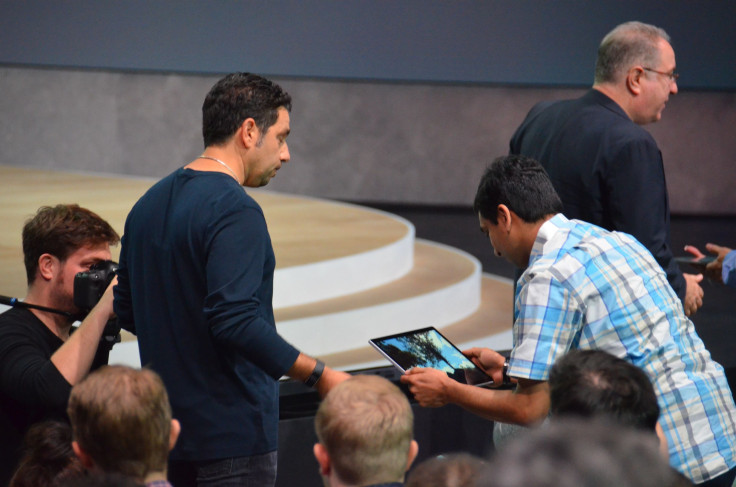Surface Pro 4, Surface Book Launch: Can Microsoft's New Hybrids Get Mac Users To Try Windows 10?

Microsoft has started shipping the Surface Pro 4 and Surface Book to consumers. The two devices were announced earlier this month, and shoppers will finally get their hands on Redmond's newest 2-in-1 laptop-tablet hybrids.
Both devices feature Intel Skylake processors, promising lightning-fast speeds on minimal battery power, and take full advantage of Windows 10 with user interfaces that adapt to the current mode of input.
The company has released a firmware update ahead of launch that enables Windows Hello on new devices. The face-and-fingerprint-recognition system was unavailable to reviewers last week, who were unable to fully test out the features. However, the update has proved a success with some reviewers already. Tech blogger Paul Thurrott wrote in his review of the new update: "Just wait until you see how fast this is."
Microsoft claims the Surface Pro 4 is 50 percent faster than a MacBook Air. The tablet improves on a tried-and-tested formula for the Surface range, thinning down the body and putting more levels of pressure sensitivity into the stylus. The Pro 4's screen has been thinned down to make it feel more like writing directly onto the glass.
The Surface Book, on the other hand, is new territory for Microsoft. It has a unique hinge design that curls up when the laptop is closed, and a special eject button will remove the touchscreen and allow for tablet computing. Don't call it a tablet, though: The "digital clipboard" has all the inner workings of a PC and is fully independent of the keyboard base.
Microsoft is aiming for the high-end laptop market with the Surface Book -- so much so that it has produced a guide for Mac users on how to make the switch (possibly back) to Windows and get started with the device.
"Computers, and the memories you keep within them, are incredibly personal," wrote the company. "We know moving these memories from one platform to another can be nerve-wracking and learning new software can seem daunting. We want to make the transition as easy as possible."
© Copyright IBTimes 2024. All rights reserved.












